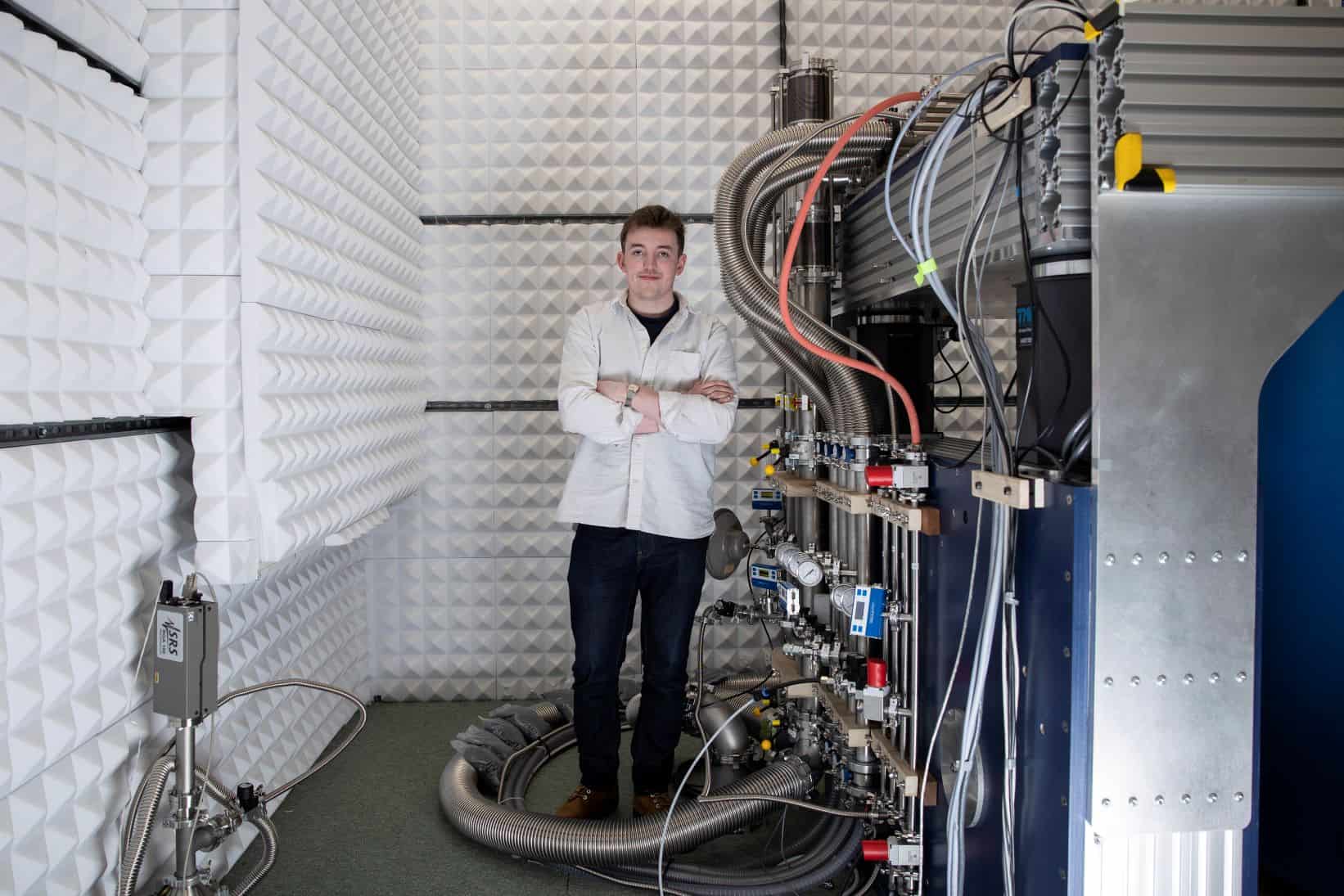Quantum Microscopy: Unlocking Topological Superconductors for Quantum Computing

Quantum computers promise to revolutionize technology by tackling problems that are currently unsolvable, but they face a formidable obstacle: decoherence, the loss of fragile quantum information. A promising solution lies in topological quantum computing, which encodes information in protected states known as Majorana modes. Yet, finding materials that can host these exotic states has been one of the great challenges of modern physics—until now.
A collaborative effort between researchers in the US and Ireland has led to the development of a groundbreaking tool: a modified scanning tunnelling microscope (STM) with a superconducting tip. This innovative device maps subtle features of a material’s internal quantum state, offering a new route to identifying topological superconductors capable of supporting Majorana modes.
The Quest for Majorana Modes
Majorana particles, theorized to be their own antiparticles, have captured the imagination of physicists for decades. While their fundamental form remains elusive, condensed matter physicists seek their quasiparticle cousins—Majorana modes—on the edges and surfaces of certain superconducting materials. These modes are predicted to exist in materials with special, symmetry-protected electron arrangements and chiral properties.
Professor Séamus Davis of University College Cork, co-leading the study with Dung-Hai Lee of UC Berkeley, describes the new microscope as a “quantum microscope” capable of probing these properties directly. By using a superconducting tip, the STM detects Andreev bound states (ABSs), localized quantum states that emerge at boundaries or impurities. Crucially, the method allows researchers to tune the coupling strength between tip and sample, revealing whether a superconductor exhibits chirality—a signature feature of Majorana-supporting materials.
Testing the Technique
The team applied their novel approach to uranium ditelluride (UTe₂), a superconductor previously suspected of hosting Majorana modes. While UTe₂ did not show the necessary time-reversal symmetry breaking, the test validated the microscope’s ability to distinguish topological properties at the nanoscale. This capability marks a significant step toward definitively identifying true topological superconductors.
According to Davis, “The Andreev STM method lets us identify topological superconductors in real space, offering unprecedented insights into their pairing symmetries and quantum states.”
Implications for Quantum Computing
Topological superconductors could form the backbone of fault-tolerant quantum computers, offering robust storage for quantum information. By enabling a direct and precise way to identify these materials, the new microscopy technique accelerates the search for viable candidates like UPt₃, which Davis’s team is currently investigating.
Even if Majorana modes do not lead to scalable quantum computers, understanding these materials deepens our grasp of quantum matter and opens avenues for advanced technologies in electronics and spintronics.
Read the original article here: New microscopy technique can identify topological superconductors.
References
Davis, S., Lee, D.H., et al. “A New Microscopy Technique for Probing Topological Superconductors.” Science, July 2025.
Sponsored by PWmat (Lonxun Quantum) – a leading developer of GPU-accelerated materials simulation software for cutting-edge quantum, energy, and semiconductor research. Learn more about our solutions at: https://www.pwmat.com/en
📘 Download our latest company brochure to explore our software features, capabilities, and success stories: PWmat PDF Brochure
📞 Phone: +86 400-618-6006
📧 Email: support@pwmat.com
#TopologicalSuperconductors #QuantumComputing #MaterialsScience #ScanningTunnellingMicroscopy #MajoranaModes #QuantumServerNetworks #CondensedMatterPhysics

Comments
Post a Comment